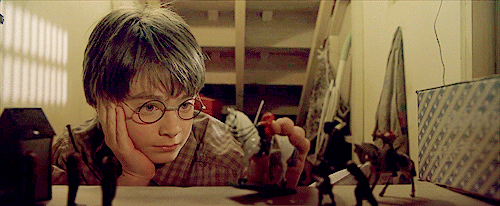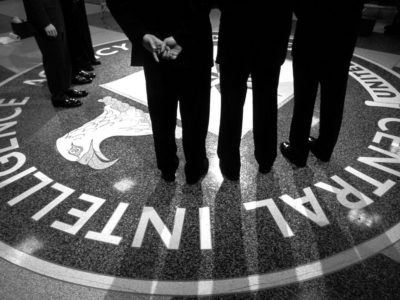Considering the fact that most schools are plunging into finals season right about now, it’s totally understandable if you don’t have time to keep up with the news. However, you’d probably have to live under a rock to not have noticed the major headline on Tuesday: The Senate Intelligence Committee finally released it’s long-awaited report about the CIA’s interrogation tactics. This is a huge deal — one that people are likely to talk about for a long time. Don’t be that person so consumed by finals that you can’t keep up with your professor’s and friends’ discussions about the news. You should at least know the basics. Go ahead, finish that paper — we’ve got you covered.
Give It To Me Straight

On Dec. 9, The Senate Intelligence Committee released a report on the CIA’s interrogation program, revealing that the CIA’s interrogation techniques for detained terrorists post 9/11 were much more severe than the public, Congress or the Bush Administration knew — and they didn’t even work. Yup, we told you this was serious.
Back Up Please

In past years, there was a lot of debate about the controversial policies of the Bush Era “enhanced interrogation techniques,” and the CIA eventually hung its head Charlie Brown style and admitted that the program was a mistake. The Senate has been pouring over more than 6 million pages of documents on the program for five years. Earlier this year, the CIA started to get pretty nervous about the potential of the report and took it upon themselves to spy on Senate computers (um..what?).
I Don’t Have Time to Read a 480-page Report

Allow us. Fair warning; it’s pretty ugly. It’s composed of 20 findings and 20 case studies that supposedly illustrate the CIA’s misrepresentation of the program, but here are the highlights:
1. The techniques (let’s be honest, avenues for torture) were “deeply flawed,” poorly organized and actually led to false or made-up information.
2. At least 119 detainees went through this program, and at least 26 of them were held without any information to justify their detention.
3. The torture didn’t help the CIA find Osama Bin Laden.
4. One of the detainees died from hypothermia after being chained to a concrete floor in a stressful position, almost naked.
5. Some of the techniques involved sleep deprivation, meaning they kept detainees awake for up to 180 hours, standing, with their hands shackled above their heads. Others named were “rectal rehydration,” “ice water baths,” and threatening to harm the detainees’ families. Detainees were often kept in freezing cold, pitch-black rooms with loud noises. Waterboarding was so intense that it was considered “a series of near-drownings.”
6. Some detainees who underwent these torture techniques were later found to experience “hallucinations, paranoia, insomnia and attempts at self-harm and self-mutilation.” Think Mama Pope in Scandal.
7. Some untrained CIA officers interrogated detainees without supervision. So that’s basically like us interrogating someone.
8. The CIA conducted at least two mock executions and employed rough takedowns in which an officer would rush into the detainee’s cell, strip him naked and run him up and down a hall while slapping and punching him.
Why Should We Care?

Most of your fellow Americans are saying that these techniques go against American values (who knew we still had those?). This report isn’t aimed at taking down the Bush Administration or members of the CIA. It’s simply meant to show that for years, the CIA defended the program by saying that it helped them get vital information for protecting the country they could not have otherwise obtained. Now we know that was one big, fat lie. CIA director John Brennan (when he remembered to breathe on Tuesday) obviously refuted the findings.
The information has put the country on high security alert if nothing else. Basically, they’re worried we’re going to piss off even more people.
That’s all. Happy studies.



















